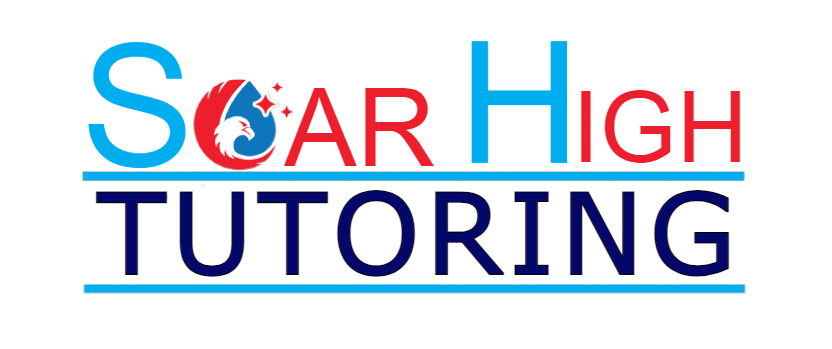When looking at literacy statistics in America, one particularly jarring figure stands out: roughly one third of US students read below grade level. Though the pandemic has highlighted the struggles of the public school system to teach our children to read properly, it certainly didn’t cause them: literacy rates have been extremely low in the US for decades and have remained stagnant since roughly 1992.
For years, our country’s dismal literacy rates baffled educators and scientists alike. Though these deficits were at various times described as “a crisis” or “a public health issue,” little progress was made in teaching America’s children to read. That is, until very recently. Within the past few years, some public schools in America have begun to reevaluate their approach to literacy. Some schools, particularly those whose literacy rates were among the lowest in the country, changed their literacy methods entirely and replaced them with a new approach, one called phonemic awareness. The results have been overwhelming, and for the first time in decades, America’s literacy rates are beginning to slope upward.
Phonemic awareness is a child’s understanding of the relationship between letters and sounds. When a child struggles with reading, it means that their brain is too distracted trying to decode the individual letters inside each word to focus on the meaning of the word itself. In order for a child to read properly, they must first be able to decode, or “sound out,” each word. Once they’ve mastered that, they can begin comprehending the words’ meanings.
This approach is backed by science, and it is the only proven method for improving literacy rates. Unfortunately, since our understanding of the science of reading is still quite new, most schools in America are still teaching the old, outdated method, called “whole language.” Since the 1960s, American schools have taught literacy using a flawed theory which asserted that children read as naturally as they speak. The theory was predicated on the idea that, since language is taught by associating an image with a concept, reading should be taught that way, too.
To give an example, imagine a small child who is just learning to speak sitting at the park with his mother. When a family walking a dog passes by, the mother excitedly asks her little boy, “Look! Who’s that? Who do you see there?” as she points at the dog.
The little boy coos, “Doggy!” and his mother squeals with pride and holds her son close to reward him for the correct answer.
In this example, the mother is absolutely correct in her approach in teaching her baby to speak. When the little boy sees the dog, his mother is teaching him to associate the word “dog” with the animal standing before him.
Because children learn to speak in this way, it seemed logical that they’d learn to read this way, too. This reasoning seemed sound, but as literacy rates plummeted, it was clear something was amiss. It has only been recently that experts have concluded that, in fact, literacy is not processed in the brain the same way speech is. Teaching children to associate images with concepts is a great way to get them to speak, but not a great way to get them to read.
Though it took several decades, public schools all over America are finally teaching phonemic awareness to struggling readers, and the results have been dramatic. For example, the state Mississippi was 49th in the country in terms of literacy. Since they’ve abandoned the whole language theory and have begun implementing the phonemic method, they are now leaders in literacy rates. Some of the most dramatic improvements have been among low-income students.
SOAR High’s approach to reading deficits is entirely science-backed because it is rooted in phonemic awareness. By addressing the relationship between letters and sounds, we ensure that students learn the fundamentals of literacy before we ask them to attempt to comprehend entire paragraphs. You’ve got to learn to walk before you can SOAR!
We encourage you to experience SOAR High’s proven approach for yourself. Schedule your virtual session today and watch your student succeed.



